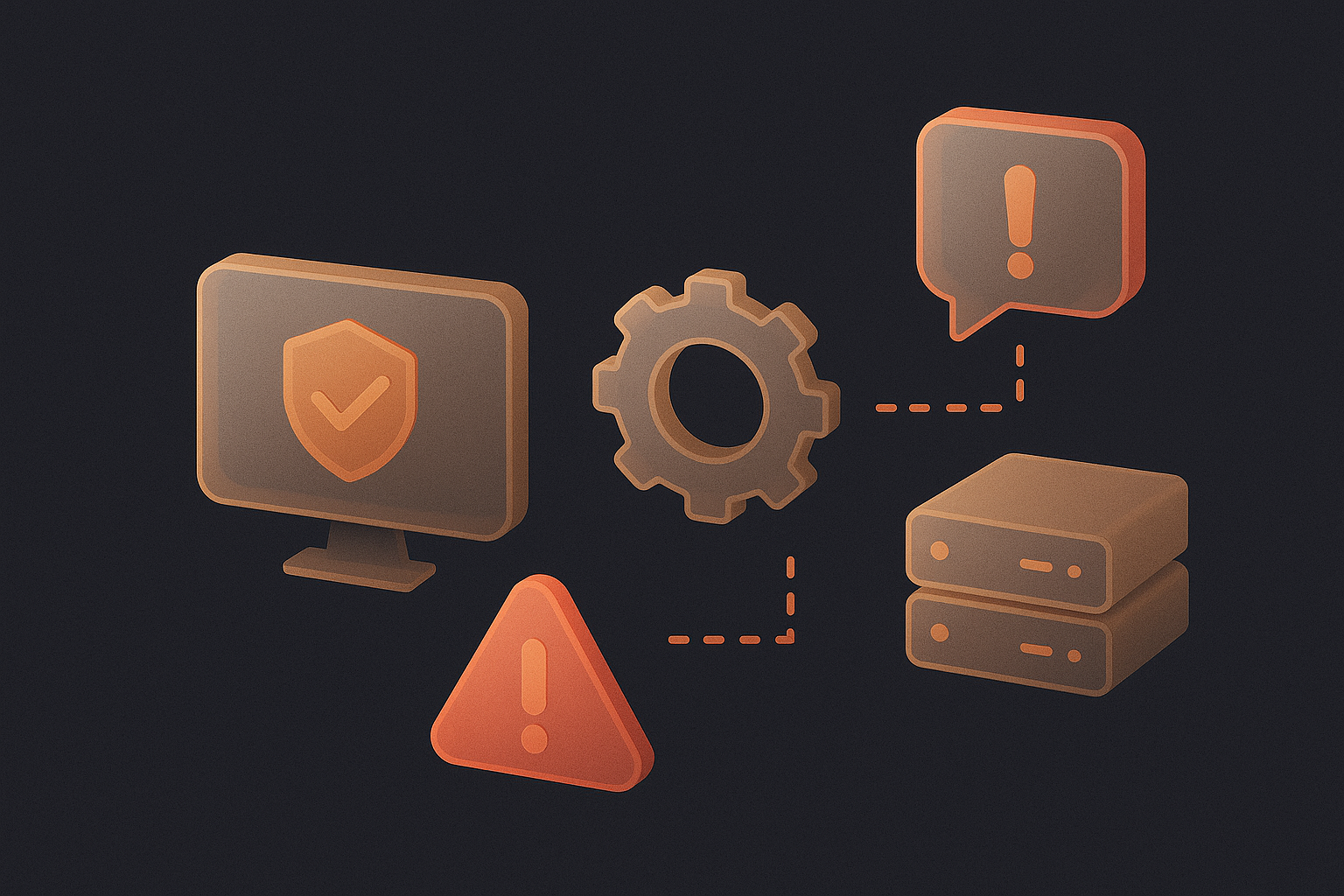ITIL Incident Management refers to IT service management (ITSM) best practices aligned to an enterprise’s day-to-day activities.
ITIL incident management, empowers enterprises to leverage IT to drive growth, transformation and change.
There are five ITIL stages:
- Service Strategy: An enterprise defines its ITSM needs, assets and strategy.
- Service Design: An enterprise designs ITSM services, as well as systems and processes to support these services.
- Service Transition: An enterprise develops ITSM services and associated support elements, along with service implementation methods.
- Service Operation: An enterprise deploys ITSM services; at this point, an enterprise also prioritizes service maintenance, error resolution and end user satisfaction.
- Continual Service Improvement: An enterprise retrieves ITSM performance data, identifies ITSM service strengths and weaknesses and explores ways to transform assorted weaknesses into strengths.
ITIL plays a key role in major incident management, too. Common ITIL incident management activities include:
- Incident identification and tracking
- Incident review against known problems
- Incident response and remediation
- Incident prioritization based on impact and urgency
- Incident escalation
How an enterprise approaches ITIL incident management may have far-flung effects on the organization, its employees and its customers.
If an enterprise ignores ITIL incident management, it risks lengthy and costly incidents and severe downtime and outages. These incidents also may result in brand reputation damage, revenue loss and regulatory violations. Worst of all, they may lead customers to switch from one enterprise to another.
On the other hand, an enterprise that embraces ITIL incident management is poised for success. This enterprise should have no trouble identifying and addressing incidents. Additionally, this enterprise is in a great position to keep its employees and customers happy, resulting in myriad short- and long-term benefits.
Benefits of ITIL Incident Management
There are many reasons why enterprises – regardless of industry – should prioritize ITIL incident management. Key benefits of enterprise ITIL incident management include:
- An enterprise can maintain its service levels. A service-level agreement (SLA) offers a clear definition of the service level that an enterprise must provide to a customer. If an enterprise fails to meet an SLA, the consequences may be substantial for both the organization and its customers. Thanks to ITIL incident management, an enterprise will understand exactly how to deal with any incident, at any time. Also, an enterprise can use it to resolve incidents before they get out of hand.
An enterprise can meet service availability requirements.
- Technology research firm Gartner indicates IT downtime costs a business about $5,600 per minute – or roughly $300,000 per hour. Comparatively, some technology experts estimate that businesses lose around $700 billion annually due to IT downtime. As the aforementioned statistics show, downtime is expensive. But with ITIL incident management, enterprises are better equipped than ever before to limit or prevent downtime. Enterprises can use ITIL incident management to streamline incident management and find ways to consistently meet service availability requirements.
- An enterprise can bolster staff efficiency and productivity. Merely hiring dozens of incident management professionals is insufficient. Conversely, an enterprise must empower these professionals with the support they need to thrive. ITIL incident management can help incident management professionals discover the best ways to deal with incidents. Best of all, ITIL incident management can be used in conjunction with enterprise alert tracking software and other state-of-the-art tools to drive unprecedented efficiency and productivity.
- An enterprise can boost end user satisfaction. An incident disrupts enterprise employees and customers. Fortunately, ITIL incident management ensures an enterprise understands what to do to avoid incidents whenever possible. And if an incident occurs, an enterprise will understand how to minimize service disruptions and restore down services as quickly as possible
When it comes to ITIL incident management, enterprises should be proactive. If enterprises prioritize ITIL incident management, they could reap the benefits of their decisions for years to come.

Enterprise ITSM Tips
There are many things that enterprises can do to enhance their ITSM efforts, including:
- Create an ITSM strategy. What good is ITIL incident management without an ITSM strategy in place? An enterprise that allocates time and resources to understand incidents and their potential impact on key stakeholders can strategize accordingly.
- Define SLAs. An SLA must be built on incident data. Thankfully, an enterprise can use an alert monitoring system and other best-in-class ITIL incident management tools to retrieve incident data over time. With this data in hand, an enterprise then can establish realistic SLA deadlines, as well as develop goals to ensure it can consistently meet these deadlines.
- Prepare for the worst-case scenarios. A major incident may disrupt an enterprise, its employees and its customers for an extended period of time. Meanwhile, if an enterprise understands the ramifications of a major incident, it can take the necessary steps to prevent this problem from happening.
- Create a strong support team. Having the right professionals in place can make a world of difference for any enterprise. If an enterprise builds a diverse team of incident management professionals, it can deploy these professionals to respond to incidents of all sizes. Plus, incident management team members can consistently work together and explore innovative ways to identify and stop incidents.
- Document ITSM successes and failures. Despite an enterprise’s best efforts, incidents may happen without notice. But every incident is a learning opportunity. If an enterprise documents its ITSM successes and failures, it could discover the best ways to speed up and improve its incident management efforts.
Keep key stakeholders up to date.
- Transparency is paramount for an enterprise. If an enterprise keeps its key stakeholders informed throughout an incident, it can limit the risk of miscommunications that may cause a minor incident to become a major problem. Furthermore, an enterprise that stays in touch with stakeholders until an incident is fully resolved could foster long-term employee and customer trust.
- Deploy the right alert monitoring system. Many alert monitoring systems are available, and each has its pros and cons. Ideally, an enterprise should use an alert tracking system that empowers its incident management team members with the ability to maintain constant contact with one another. This system also should make it simple for incident management team members to collect and analyze data, keep in touch with stakeholders and brainstorm solutions to one-time and recurring issues alike.
Incidents are problematic for enterprises around the world. With the right approach to ITSM, an enterprise can take the guesswork out of incidents. And as a result, this enterprise can stop downtime, outages and other incidents.
- Deploy the right alert monitoring system. Many alert monitoring systems are available, and each has its pros and cons. Ideally, an enterprise should use an alert tracking system that empowers its incident management team members with the ability to maintain constant contact with one another. This system also should make it simple for incident management team members to collect and analyze data, keep in touch with stakeholders and brainstorm solutions to one-time and recurring issues alike.
Incidents are problematic for enterprises around the world. With the right approach to ITSM, an enterprise can take the guesswork out of incidents. And as a result, this enterprise can stop downtime, outages and other incidents.
Check Alertops for more Information.


